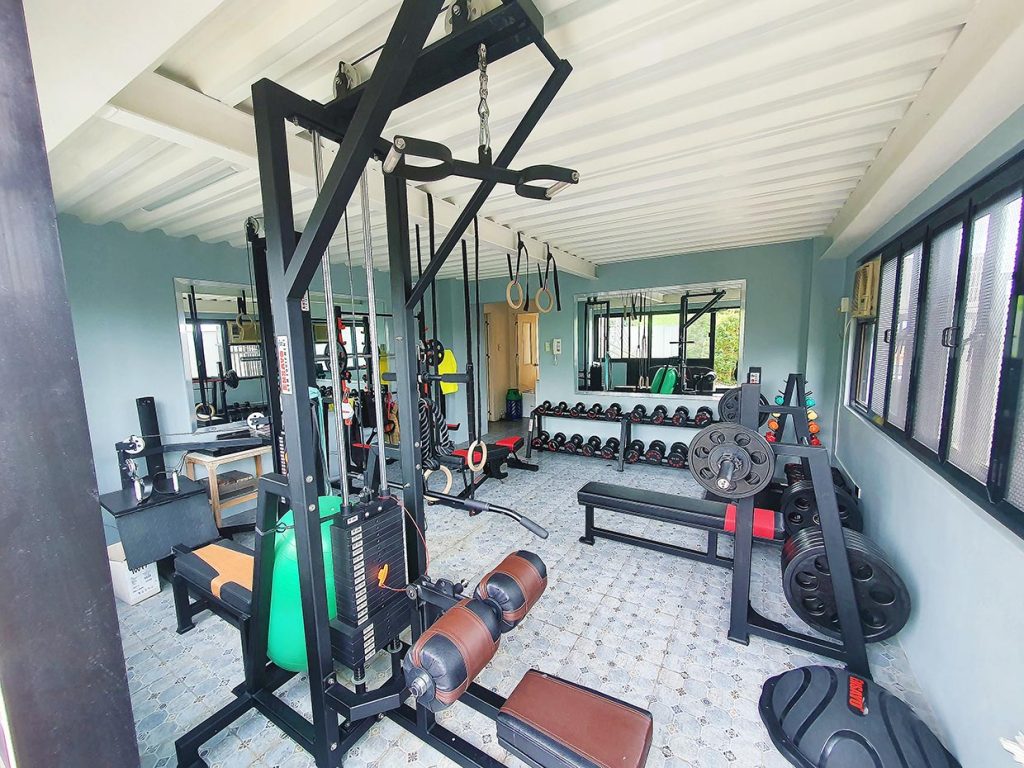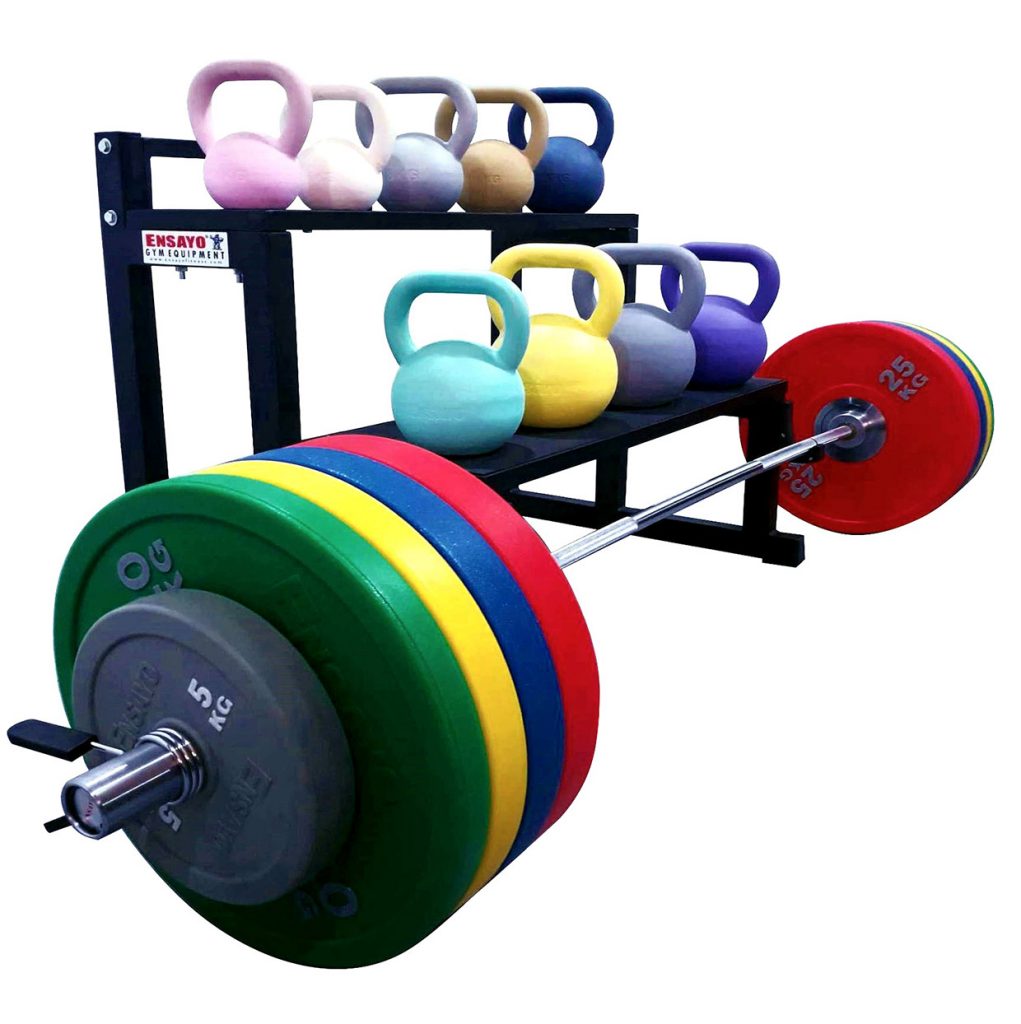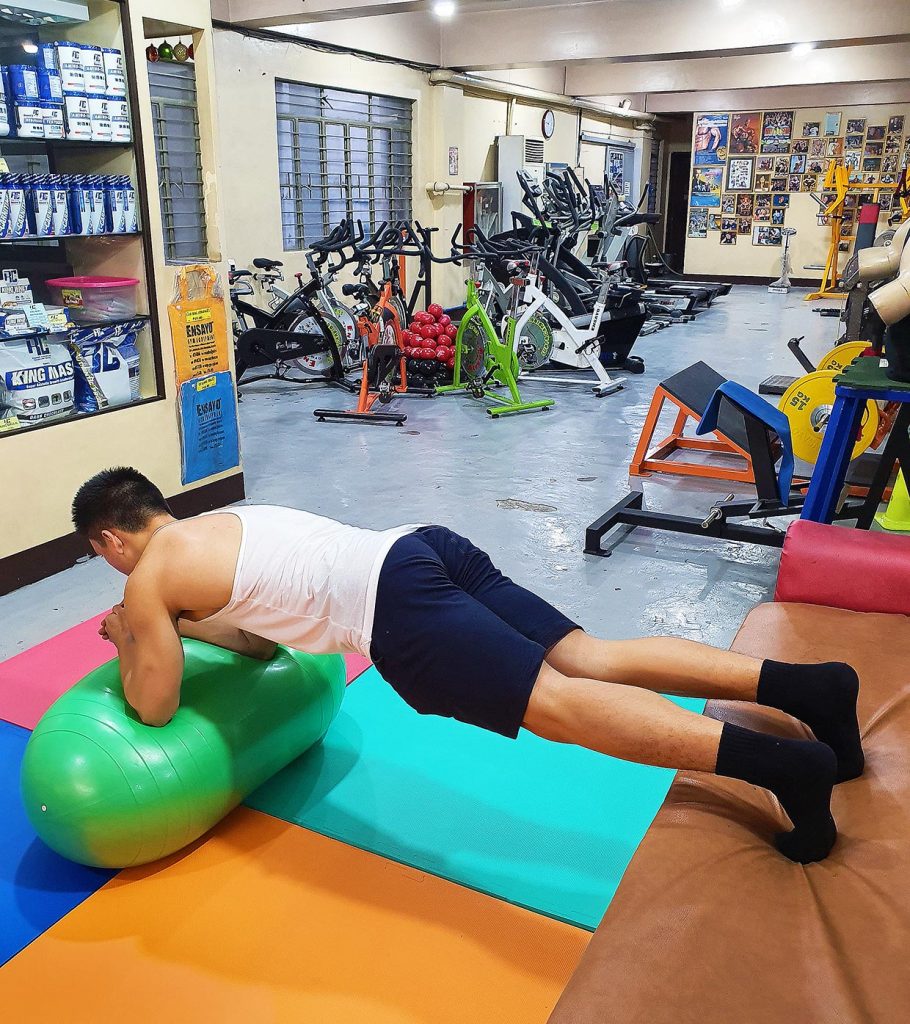Because of COVID-19, a commercial gym is one of the places that health experts are advising us to avoid. At the same time, the same experts are saying that we need to get fit and healthy to boost our immunity.
This is why most people are exercising at home or in a safe outdoor space. But those who are more dedicated to regular practice are choosing to set up home gyms.
Property Report talked to an expert, Nicky Tsai, gym owner, and president and chief designer at Ensayo Gym Equipment (www.ensayofitness.com), about the specifics of setting up a home gym.

First of all, Nicky emphasized that it is important to understand the fitness goals of the people who will be using the gym. The ideal size of the space corresponds to these fitness goals:
• For simple calorie-burning or feel-good exercises – four to eight square meters
• For losing body fat or increasing muscle mass – 12 to 24 square meters
• For rehabilitation or prehabilitation – four to six square meters
• For athletic training or improvement in a chosen sport – a space outdoors is best
• For the first three purposes above, an indoor home gym must ideally be free from direct sunlight, rain, or high humidity to protect the gym equipment. It should be well ventilated and must have a room temperature of 26 to 28 degrees Celsius (ideal).
Make sure, too, that using the gym won’t likely cause damage to property like glass windows, TV, and so on. And for safety, the home gym must be off-limits to children and pets.
Gym equipment
Once the fitness goals are clear and have been discussed with family members or with one’s fitness trainer, it’s time to buy the right tools, while taking into account space, budget, safety, and the fitness equipment’s quality and brand.
For those who simply want to burn calories, Nicky’s advice is to stick to simple items like a stationary bike, treadmill, jump rope, light dumbbells, and kettlebells. But for those who are aiming to gain muscle mass or lose body fat, more weight training equipment is needed.


“Free weights are generally better — but requires more safety concerns — or the body than machines because using free weights requires more balance, stability, and dynamic body movements. Mechanical machines with fixed pivot points and rails are easier and safer to use, but are not actually better for the body,” Nicky says.
It’s always practical to buy the smaller stuff from online stores, but high-value items should be bought after doing due diligence.
“Go to several stores and compare the quality of raw materials, spare parts, workmanship, company history, and warranty,” he says.

Test the equipment for yourself and check the prices, of course.
“Cheaper ones tend to have a lesser tool life, semi- to commercial-grade equipment can last longer, are safer, and have a higher resale value,” Tsai says.
To learn more, send a PM to Nicky Tsai through the Ensayo Gym Equipment Facebook page.
